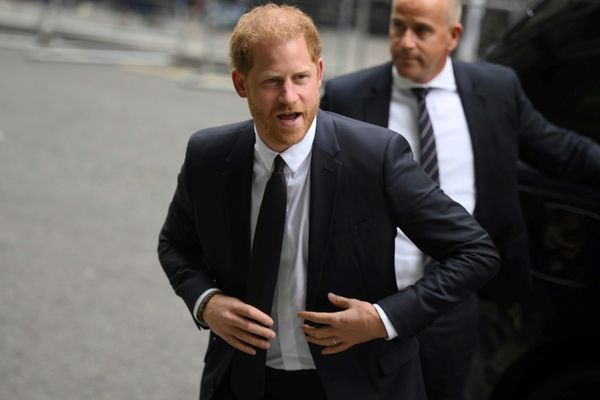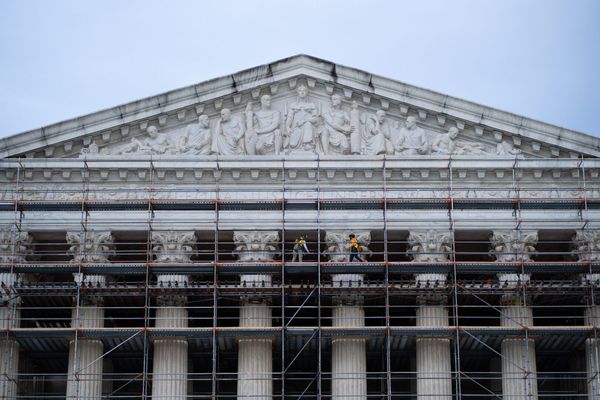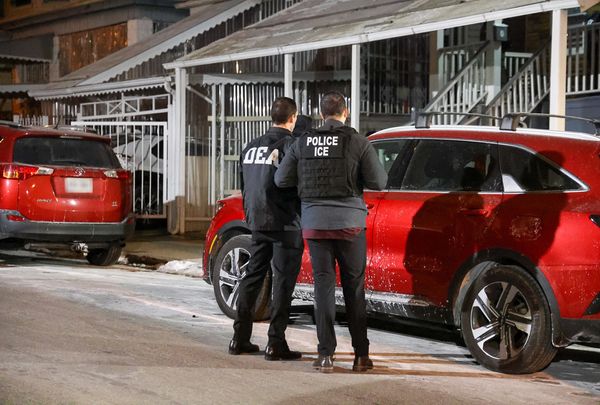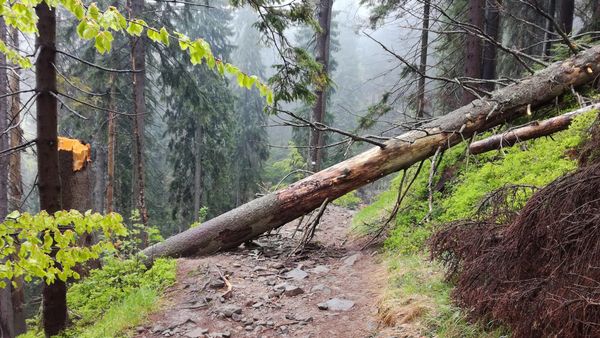
Donald Trump said he planned to impose 25% tariffs on both Canada and Mexico and withdrew from a signature international climate treaty during an impromptu, wide-ranging news conference from the Oval Office where he tackled topics from trade wars to TikTok and said he was “not confident” that the ceasefire between Hamas and Israel would hold.
The offhand remarks came as Trump signed a flurry of executive orders on domestic and international politics, including a decision to withdraw the United States from the World Health Organization, which analysts have warned could hamper efforts to fight future pandemics.
The US was withdrawing from the organisation, the order said, due to “the organization’s mishandling of the Covid-19 pandemic that arose out of Wuhan, China, and other global health crises, its failure to adopt urgently needed reforms, and its inability to demonstrate independence from the inappropriate political influence of WHO member states.” The US is the largest funder of the Geneva-headquartered organisation.
Trump also signed an executive order on Monday evening declaring a 90-day pause in the disbursement of US foreign development assistance, effectively leaving millions of dollars in aid in limbo, dependent on a decision by Marco Rubio, who was confirmed as secretary of state by the Senate as the first cabinet member of the new Trump administration.
Trump also reversed Biden administration sanctions on violent Israeli settlers in a concession to Israeli prime minister Benjamin Netanyahu amid a crucial ceasefire deal between Israel and Hamas.
The decisions came fast and furious in the first hours of Trump’s presidency and indicated how US foreign policy would take a sharp and idiosyncratic turn under the new president’s vision of an “America first” foreign policy that values US interests above all.
On trade, the US president punted on a campaign pledge to issue tariffs on Canada and Mexico on day one of his new administration. However, he said he would issue the new tariffs on the North American neighbours on 1 February in what would mark an extraordinary about-face in US trade policy that would considerably raise prices for American consumers.
“We are thinking in terms of 25% on Mexico and Canada because they’re allowing vast numbers of people … to come in, and fentanyl to come in,” Trump said. “I think we’ll do it Feb 1.”
Mexico was the US’s largest trading partner in 2023 with a total two-way goods trade of $807bn, an amount that surpassed US trade with China, according to the US state department.
At the same time, Trump made news in breezy remarks on topics from a ban on TikTok to his discussions with Russian president Vladimir Putin over the three-year-old war in Ukraine.
Asked about the war in Ukraine, Trump said he would meet Putin “very soon” and said that his Russian counterpart was “destroying Russia” by refusing to negotiate a ceasefire with Ukraine.
On whether he could broker a ceasefire, he said: “I have to speak to President Putin, we’re gonna have to find out. He can’t be thrilled. He’s not doing so well. I mean, he’s grinding it out.”
He was confident that he could convince Saudi Arabia to normalise relations with Israel under the Abraham Accords, a signature policy of his previous administration.
But asked whether he could maintain the ceasefire between Israel and Hamas, he said he was “not confident. That’s not our war, that’s their war.”
“I think they’re very weakened on the other side,” he said, referring to Gaza and the militant group Hamas. “I looked at a picture of Gaza. Gaza is like a massive demolition site. That place has really got to be rebuilt in a different way.”
Asked whether he was ready to help Gaza rebuild, he said “maybe,” and then launched into an offhand discussion that harkened back to his days as a real estate developer.
“You know Gaza is interesting it’s a phenomenal location,” he said. “On the sea, best weather… some beautiful things could be done with it.”







